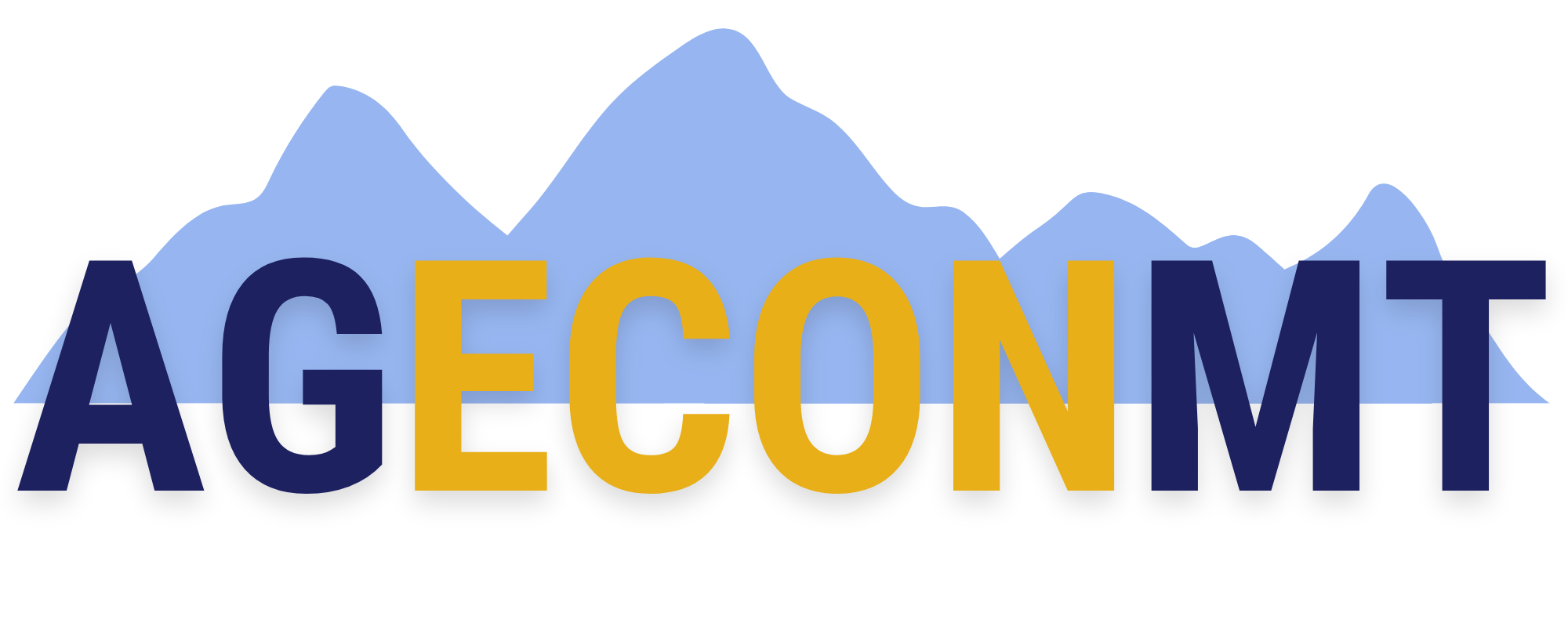In Montana and across the West, the rules and institutions we have for managing water were set up during very different times. Water supplies were more abundant and less variable than they are now, and are projected to be in the future. There was also a lot less competition for use of those resources.
When water is plentiful, it’s easy to avoid conflict and meet everyone’s needs. But now that water is scarcer and more contested, it’s more important to think carefully about how we determine who gets how much of it. So how we better manage water resources in the face of drought and scarcity?
First, a common way to deal with water scarcity is to just require everyone (or only certain people) to take cuts. This solution is relatively simple, but it can be painful for the people or sectors who have to reduce their water consumption. What if some water users could conserve much more relatively easily, but aren’t being asked to? Across-the-board cuts aren’t a very resilient solution – they don’t minimize harm, they don’t promote planning ahead, and they certainly don’t give people much flexibility.
For example, if water scarcity gets worse here in Bozeman and the city further limits lawn watering during the summer… well, personally, I probably wouldn’t care very much. But my neighbor has three kids and they’re playing on the lawn all the time. It would be a lot costlier for him if he can’t water his lawn than it would be for me. Although a blanket rule for everyone might seem fair, there’s probably another way to reduce water demand that would lead to less harm overall.
An alternative approach is to make people want to conserve — to set up incentives so that people voluntarily choose to use less water. We can create systems that still let people choose what they do and how to respond, but where at the end of the day enough people are choosing to conserve water that water managers don’t have to resort to heavy-handed solutions.
A policy that makes people want to conserve can take a lot of different forms. One is a drought surcharge. The idea here is to just raise the price of water during droughts, letting the price of water reflect its true scarcity.
The City of Bozeman’s current drought management plan is a good example of a drought surcharge. During droughts, water rates rise, and the more intense the drought is, the greater the surcharge is. People still have the freedom to choose how they want to respond – some people will find it worth it to keep their lawns green and just pay the higher price. Others will decide they prefer to save money by washing their car less frequently and taking shorter showers. It’s up to them!
But drought surcharges are not always popular. The good news is that we don’t need to take money away from people in order to make them want to conserve water. Another type of policy that can set up the right incentives is water transfers. Water transfers offer people the opportunity to actually make money from water conservation.
The current legal system of water rights in Montana is pretty inflexible. In droughts, some water users can be completely cut off from water supplies, while others get to continue using all their water. If these users were able to sell or lease water to each other, there are potentially a lot of win-wins. One rancher might really need water and be willing to pay a lot for it, while a nearby farmer could reduce irrigation a little – sure, yields might fall a little, but the proceeds from selling the water would more than make up for it.
Water markets are somewhat well-established in scattered areas of the West, especially for groundwater pumping rights in local areas, and a number of new experiments have started to pop up recently, but there hasn’t been a lot of activity yet in Montana. This may be due to legal hurdles, such as the need to clarify relevant legal concepts, streamline regulatory approvals, and build in protections for downstream users and instream flows. Smoothly functioning water markets could go a long way toward helping people quickly adjust to drought volatility and promoting resilience.

